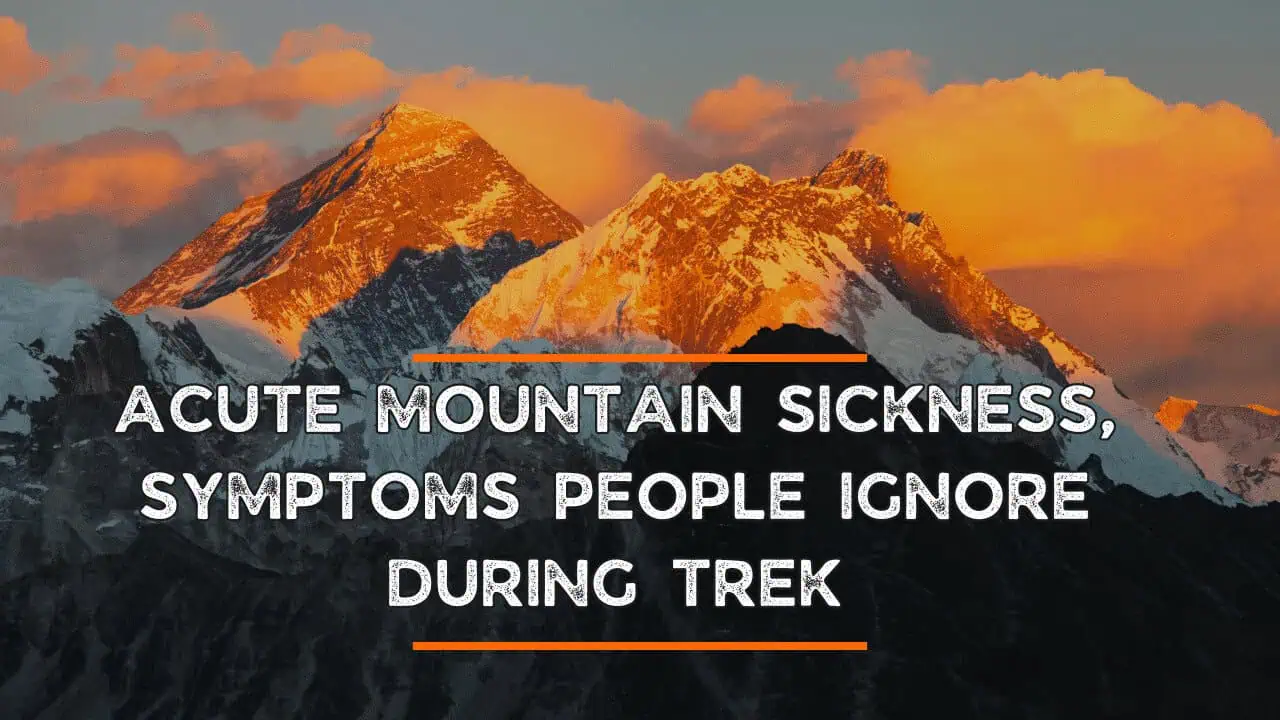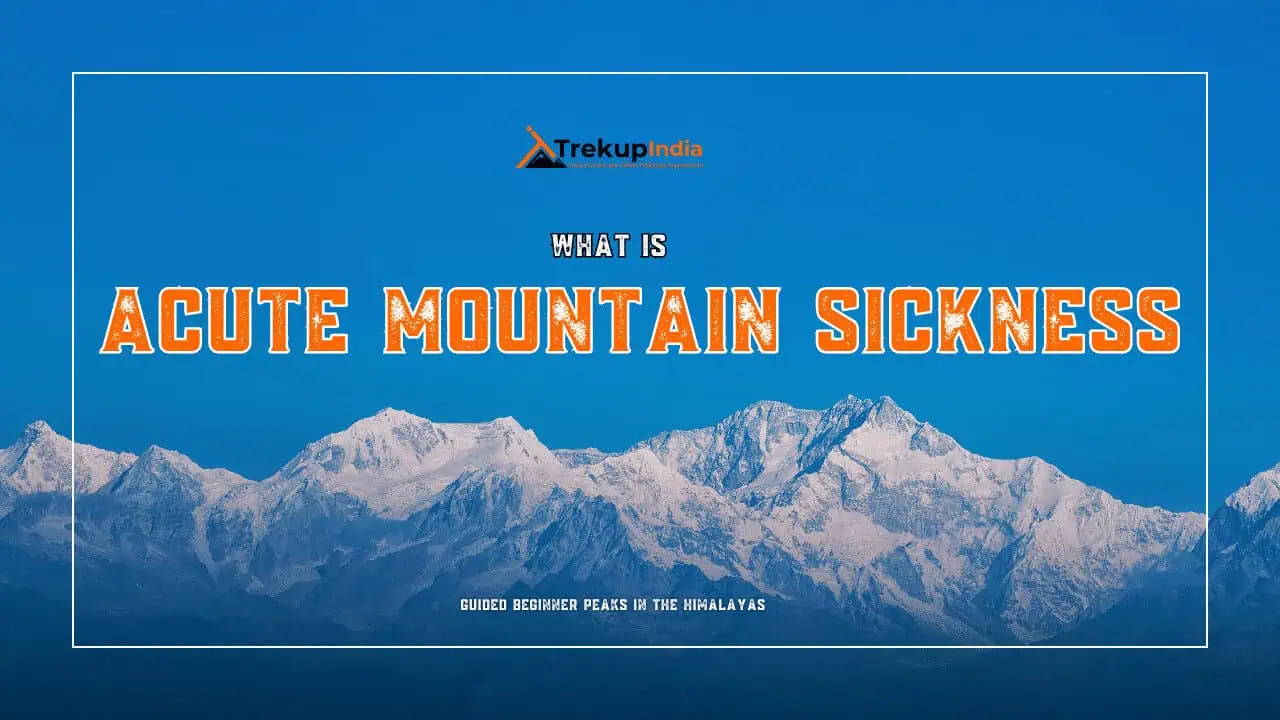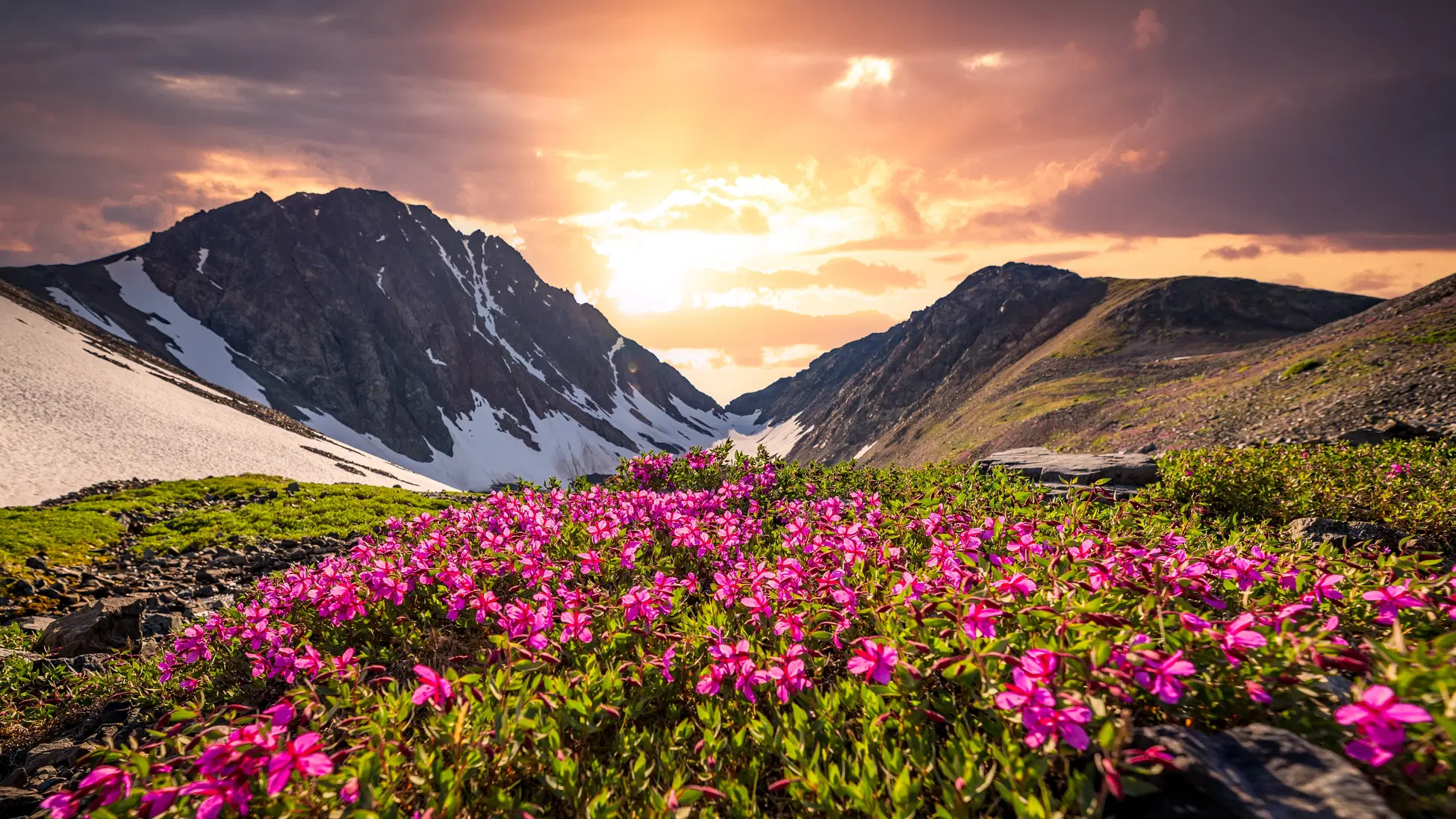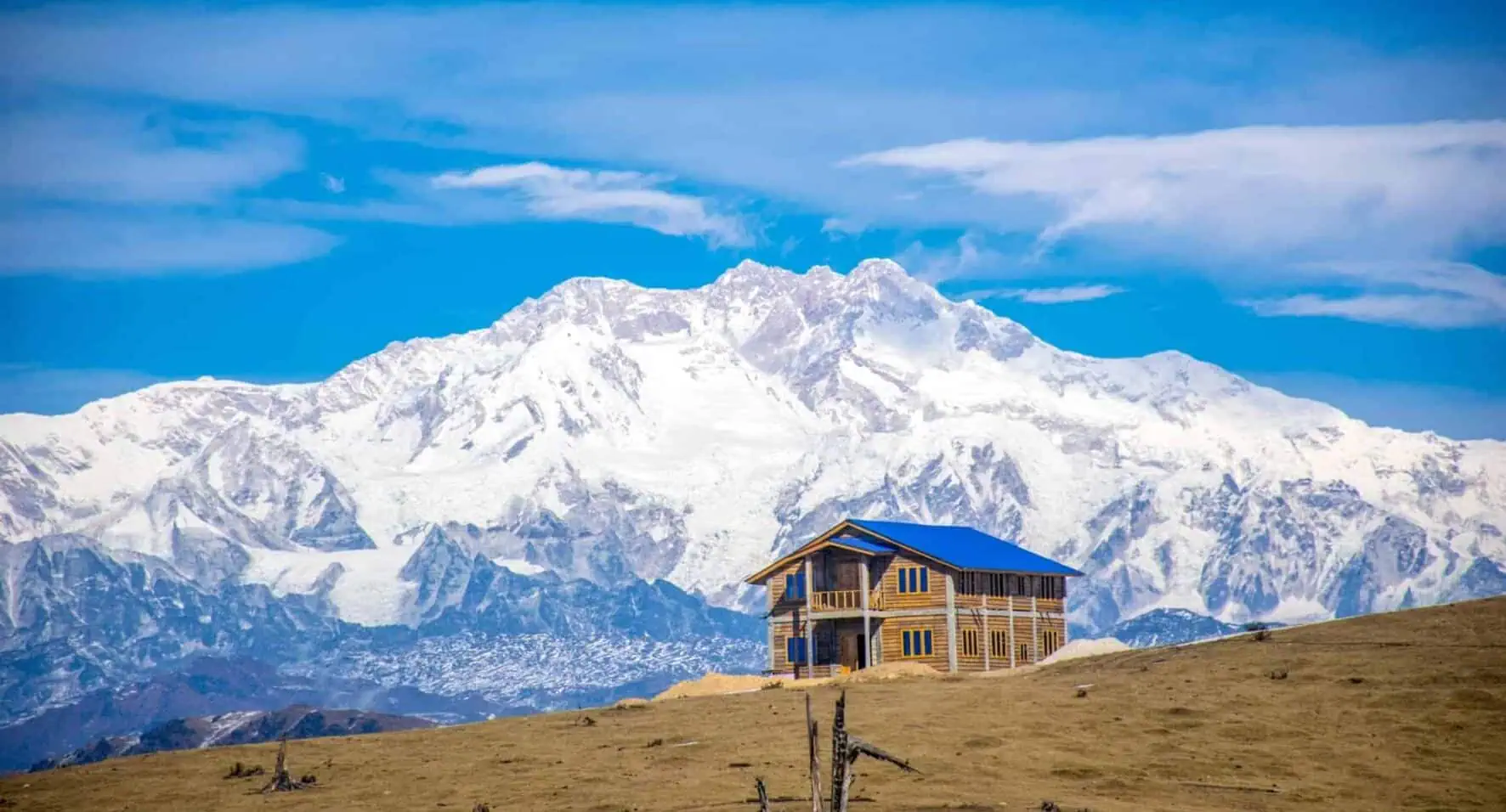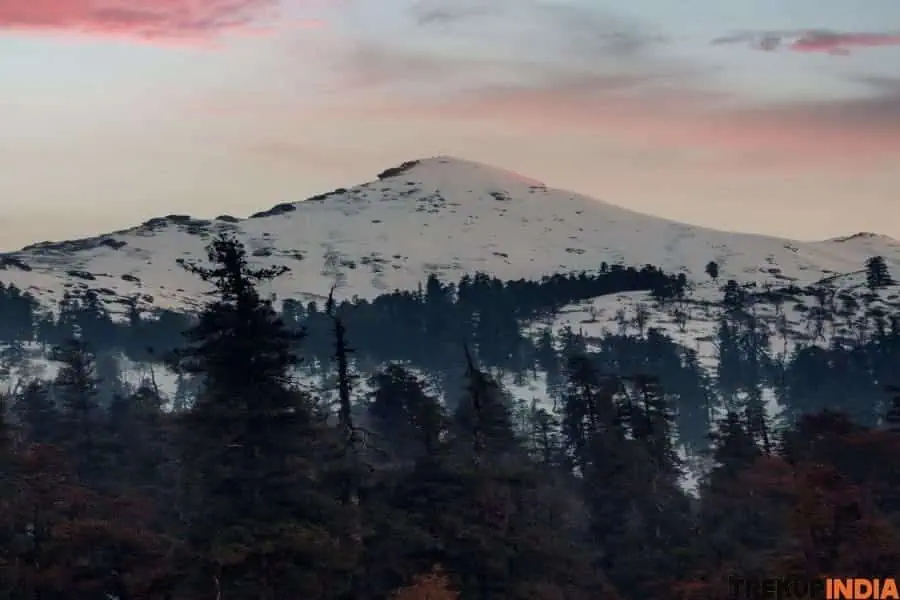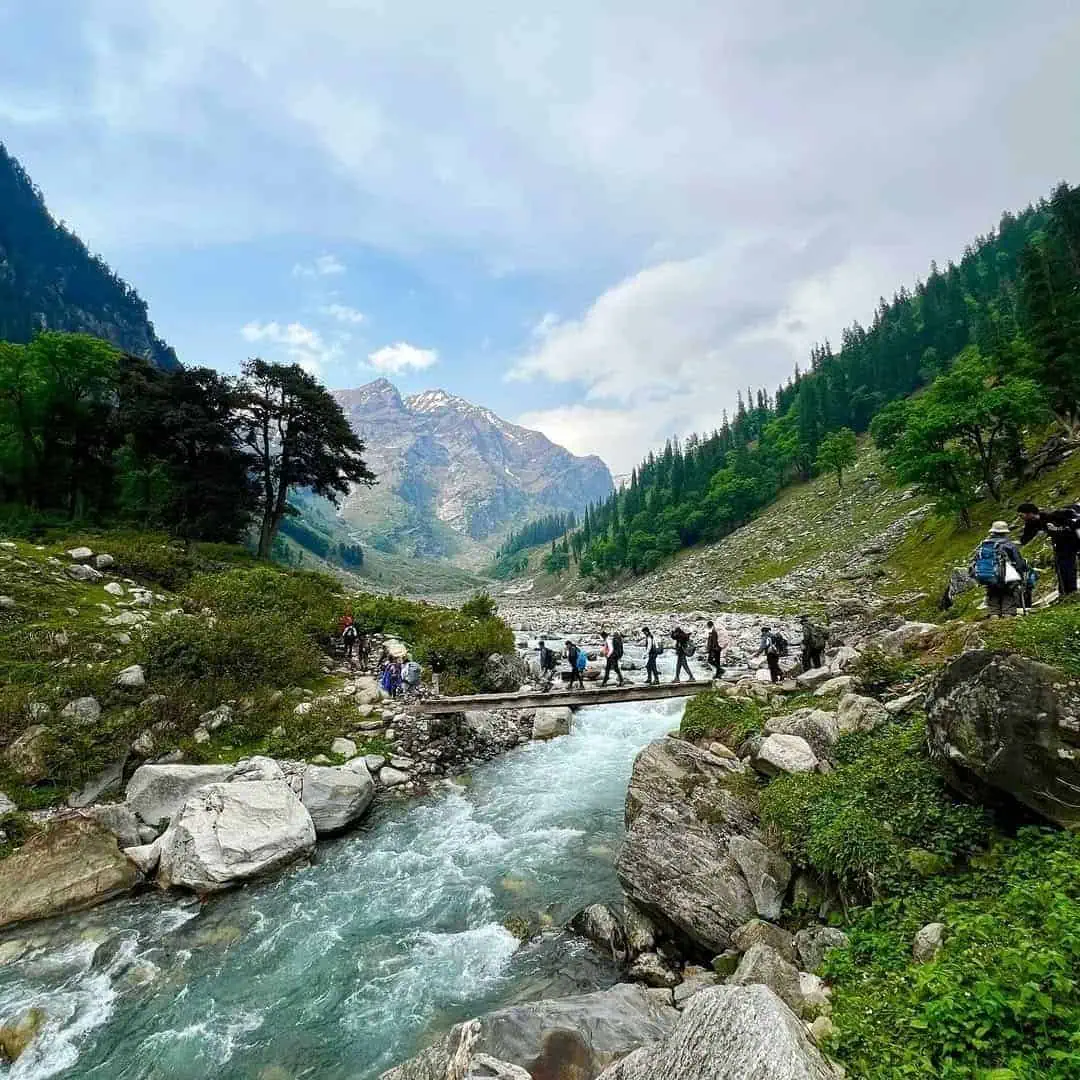Himalayan Layering Guide: Dress Right for the Mountains
The Himalayas can be unpredictable–from bright sunshine to cold winds or heavy snowfall, one can never predict when conditions will shift from one extreme to another. Layering is key when it comes to maintaining comfort amidst changing climate conditions; layering allows you to adapt with changing conditions while still staying warm and cozy. This guide is your complete solution for layering for Himalayan trekking without overpacking.
Why Layering Matters in the Himalayas
Himalayan trekking requires temperature adaptability more so than urban cold-weather dressing. Temperatures can fluctuate dramatically day to day from 25degC down to -5degC depending on where or when the sun shifts its position; by layering, however, you can maintain optimal body temperatures, keep yourself dry, and remain agile on the trail.
1. Base Layer
Moisture Management that removes moisture from your skin while keeping you comfortable on any trekker’s journey, to keep you dry and cool. Materials to use for making pillows: Wool (such as Merino), synthetic fibers such as polyester or bamboo are recommended; cotton traps moisture. Thermal tops/bottoms from Decathlon (Rs 600 to Rs 900). Local shops carry thermals reminiscent of those worn by Baba Ramdev for around Rs400 to Rs500.
Trekup India tip: Only wear your baselayer during cold or night hikes – otherwise, sweat will quickly penetrate it if climbing an uphill trail.
2. Mid Layer Insulation
Intended to Trap Body Heat; Available Fleece Jacket (Rs800-1,200).Down/synthetic lightweight jacket, Rs 1,800-3500. Opt for two light layers of fleece instead of one heavy one for maximum insulation and warmth.
Budget Hack: Use an inexpensive quilted jacket, sweater or fleece from your local thrift shop in lieu of an expensive down jacket.
Trekup India Tip: Wearing a mid-layer when camping and in the mornings will prove invaluable.
3. Outer Layer
Protection Shield against wind, snow and rain with this barrier layer. Options: (with or without inner insulation). Use a rain poncho to cover yourself when the skies open up and rain comes pouring down. Wildcraft Windcheaters and Decathlon’s Quechua Rain Cut Jacket are both great choices for budget-minded shoppers looking for quality clothing at an economical price point.
Trekup India Tip: Always bring an umbrella or poncho even if you have waterproof gear – Himalayan rain can be unforgiving!
Add-On Layers for Smart Trekking
- A woolen cap or balclava are excellent ways to stay warm on cold treks.
- Wide-brimmed Hats are best for people living at lower altitudes.
- Warm Hands. For Rs100 you get inner wool gloves and outer water-proof gloves (Rs300 to Rs800 respectively) = Warm Hands.
- Woolen Socks. Changing them daily to prevent blisters. If you tend to perspire heavily, be sure to bring along an absorbent sock liner as protection.
Packing Smart: Trekup’s Layering Checklist
Item | Quantity | Notes |
Base Layer (thermal set) | 1–2 sets | Lightweight and fast-drying |
Mid Layer (fleece/jacket) | 1–2 pieces | Light fleece + optional down |
Outer Layer (wind/rain) | 1 | Waterproof shell or poncho |
T-Shirts (quick dry) | 2–3 | Avoid cotton |
Trek Pants | 2 | Lightweight & warm if possible |
Socks (woolen) | 3–4 pairs | Rotate regularly |
Gloves | 1 pair each (inner + outer) | Must for winter treks |
Cap/Headgear | 2 | One for cold, one for sun |
Buff/Balaclava | 1 | Multi-use: face cover, neck warmer, towel |
Common Layering Mistakes to Avoid
Wearing too much clothing during an intense activity may cause excess sweating. Bypass Wind Protection Even on sunny days, Himalayan wind can be fierce.
Sample Layering for Different Conditions
Scenario | Layering Combo |
Sunny Day Trek | Baselayer (half-sleeve) + Fleece (optional) + Windcheater |
Cold Morning Start | Thermal + Baselayer + Fleece + Puffer + Windproof Jacket |
Heavy Rain/Snow | Baselayer + Fleece + Hard Shell Jacket |
Night at Campsite | Thermal + Merino Baselayer + Down Jacket + Beanie & Gloves |
Trekup India Tips for Himalayan Layering
Always bring rain cover – even on clear days – even if it looks clear. Protect Your Extremities- Keeping beanie, gloves and socks on is important in protecting extremities from cold. Practice Layers at Home before Your Trek. Avoid discomfort through layers by practicing layering before trekking begins.
Share this article
Want To Trek Like Pro?
Check out the following videos if you want to trek like a pro trekker and improve your skills. These videos contain helpful tips, tricks, and techniques to help you trek like a pro. Whether you’re a beginner or an experienced trekker, these videos can provide valuable insights to enhance your trekking experience. So, watch the videos below by Trekup India experts to take your trekking skills to the next level.
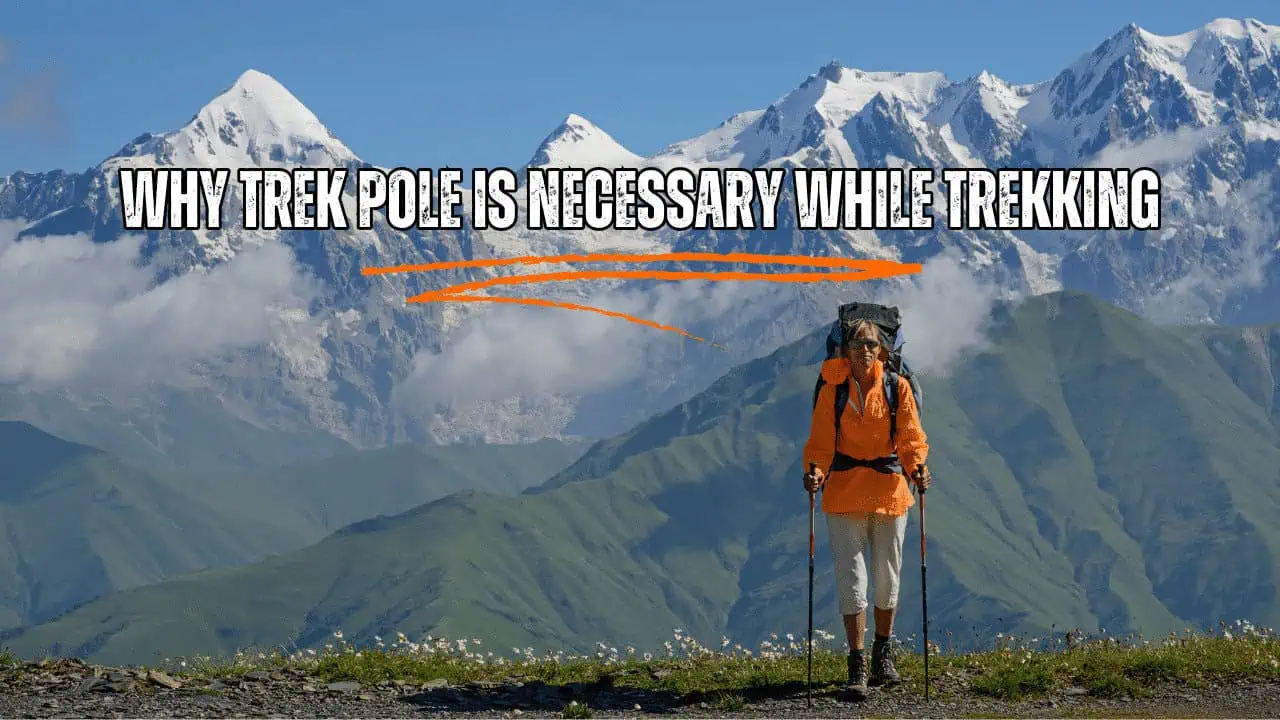
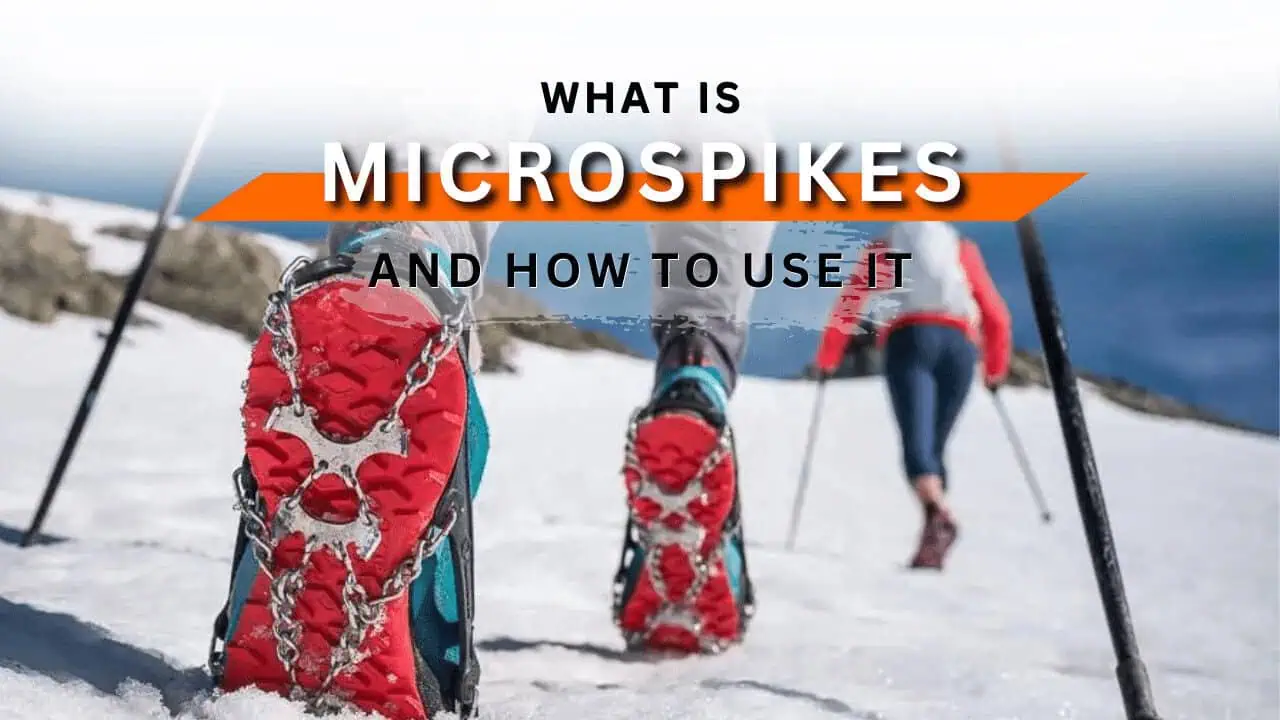


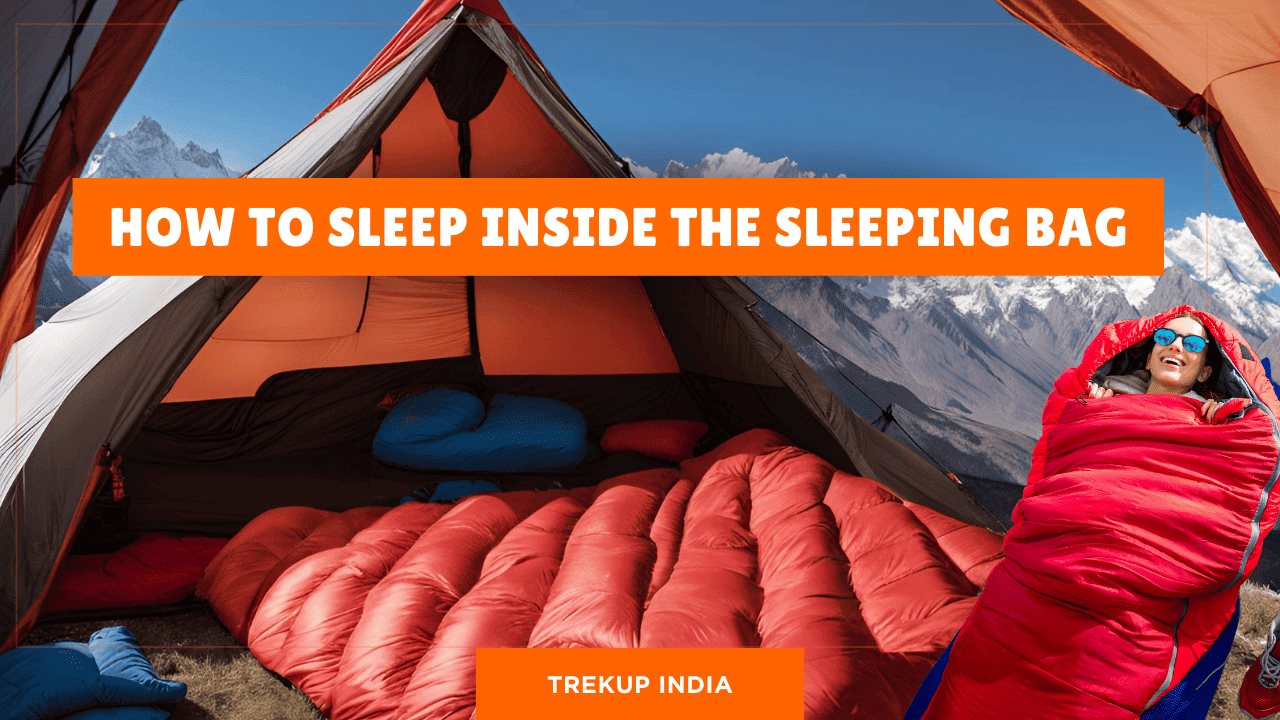

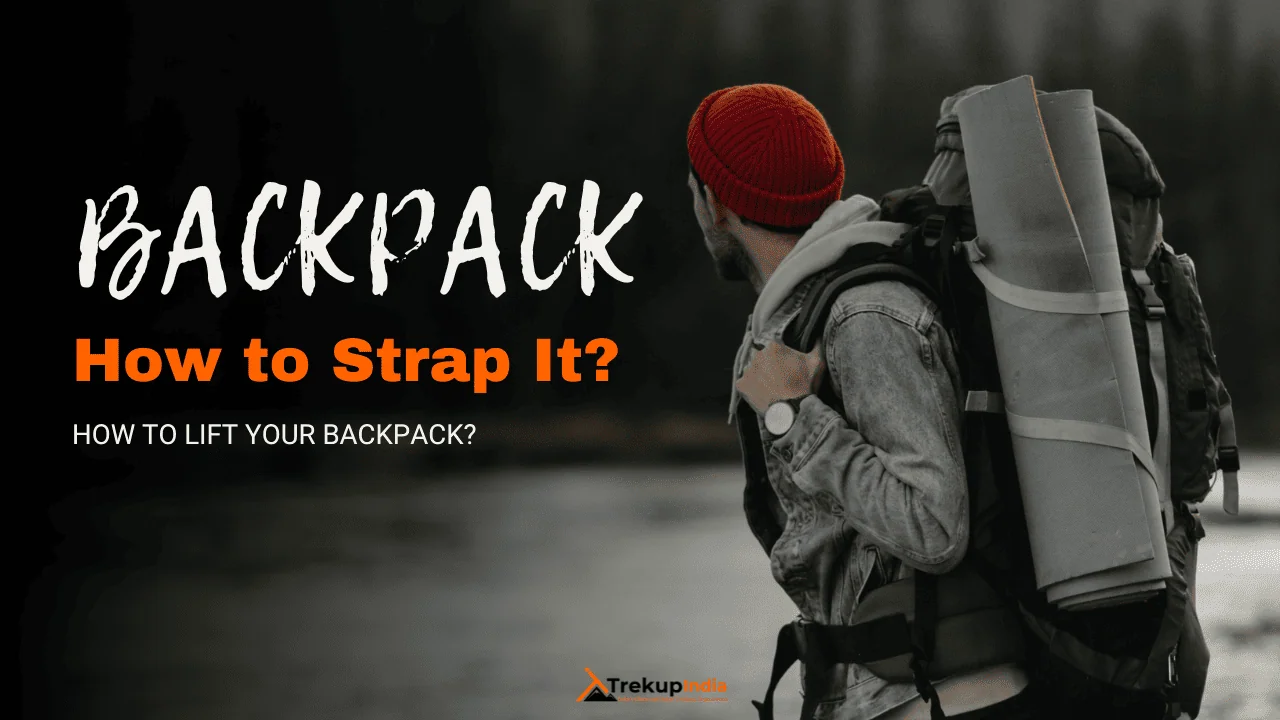
Know Everything About Acute Mountain Sickness
Acute Mountain Sickness is a medical condition that can occur when individuals travel to high altitudes, typically above 8,000 feet. It is caused by the decrease in air pressure and oxygen levels in the air as altitude increases. Symptoms of Acute Mountain Sickness may include headache, nausea, vomiting, dizziness, and difficulty sleeping. To avoid Acute Mountain Sickness, it is important to gradually adjust to high altitudes and seek medical attention if symptoms worsen. To learn more about this condition, check out the videos by Trekup India.
